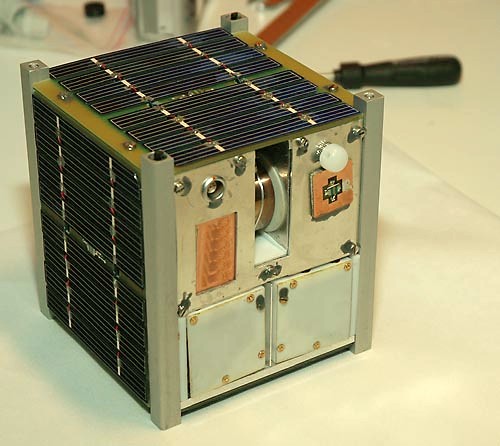|
MIST (satellite)
The M.I.S.T. satellite (Miniature Student Satellite) is a satellite currently under development at the K.T.H. Royal Institute of Technology in Stockholm, Sweden. It is expected to be launched in 2024. The satellite is a 3U CubeSat, primarily built by students working in small teams. The project was defined in 2014, and the work started on 28 January 2015. The project is led by Sven Grahn, an experienced satellite project manager. Seven technical and scientific experiments are included in the K.T.H. student satellite M.I.S.T. The experiments have been proposed from inside K.T.H., from two Swedish companies and from the Swedish Institute of Space Physics in Kiruna, Sweden. References Proposed satellites {{Spacecraft-stub ... [...More Info...] [...Related Items...] OR: [Wikipedia] [Google] [Baidu] |
KTH Royal Institute Of Technology
KTH Royal Institute of Technology (), abbreviated KTH, is a Public university, public research university in Stockholm, Sweden. KTH conducts research and education in Institute of technology, engineering and technology and is Sweden's largest technical university. Since 2018, KTH consists of five #Schools, schools with four #Campuses, campuses in and around Stockholm. KTH was established in 1827 as the ''Teknologiska institutet'' (Institute of Technology) and had its roots in the ''Mekaniska skolan'' (School of Mechanics) that was established in 1798 in Stockholm. But the origin of KTH dates back to the predecessor of the ''Mekaniska skolan'', the ''Laboratorium mechanicum'', which was established in 1697 by the Swedish scientist and innovator Christopher Polhem. The ''Laboratorium mechanicum'' combined education technology, a laboratory, and an exhibition space for innovations. In 1877, KTH received its current name, ''Kungliga Tekniska högskolan'' (KTH Royal Institute of Techn ... [...More Info...] [...Related Items...] OR: [Wikipedia] [Google] [Baidu] |
3U CubeSat
A CubeSat is a class of small satellite with a form factor of cubes. CubeSats have a mass of no more than per unit,, url=https://static1.squarespace.com/static/5418c831e4b0fa4ecac1bacd/t/5f24997b6deea10cc52bb016/1596234122437/CDS+REV14+2020-07-31+DRAFT.pdf , title=Cubesat Design Specification , publisher= Cal Poly SLO , year=2020 , location=San Luis Obispo , pages=12 and often use commercial off-the-shelf (COTS) components for their electronics and structure. CubeSats are deployed into orbit from the International Space Station, or launched as secondary payloads on a launch vehicle. , more than 2,300 CubeSats have been launched. In 1999, California Polytechnic State University (Cal Poly) professor Jordi Puig-Suari and Bob Twiggs, a professor at Stanford University Space Systems Development Laboratory, developed the CubeSat specifications to promote and develop the skills necessary for the design, manufacture, and testing of small satellites intended for low Earth orbit (LEO) that ... [...More Info...] [...Related Items...] OR: [Wikipedia] [Google] [Baidu] |
Swedish Institute Of Space Physics
The Swedish Institute of Space Physics (, IRF) is a Swedish government agency. The institute's primary task is to carry out basic research, education and associated observatory activities in space physics, space technology and atmospheric physics. Foundation The IRF was founded in 1957 and the first Kiruna-designed satellite experiment was launched in 1968. The institute has about one hundred employees and has its head office in Kiruna. Other offices are situated in Umeå, Uppsala and Lund. IRF, originally the Kiruna Geophysical Observatory, began as a department within the Royal Swedish Academy of Sciences. It has been a public research institute since 1973, under the auspices of the Swedish Ministry of Education and Culture. Satellite experiments IRF participates in several international satellite projects. At present, data from satellite instruments are being analysed to help us better comprehend the plasma-physical processes in the solar wind and around comets and planets. ... [...More Info...] [...Related Items...] OR: [Wikipedia] [Google] [Baidu] |

